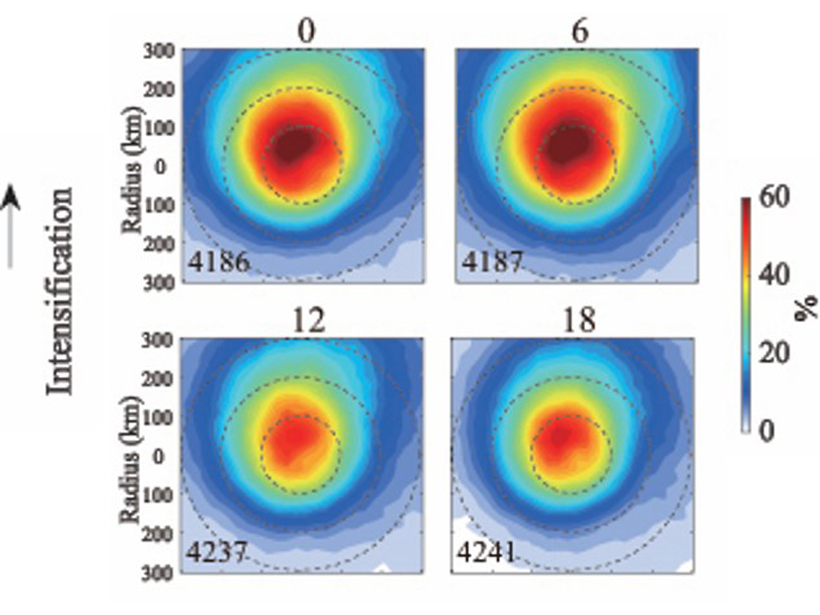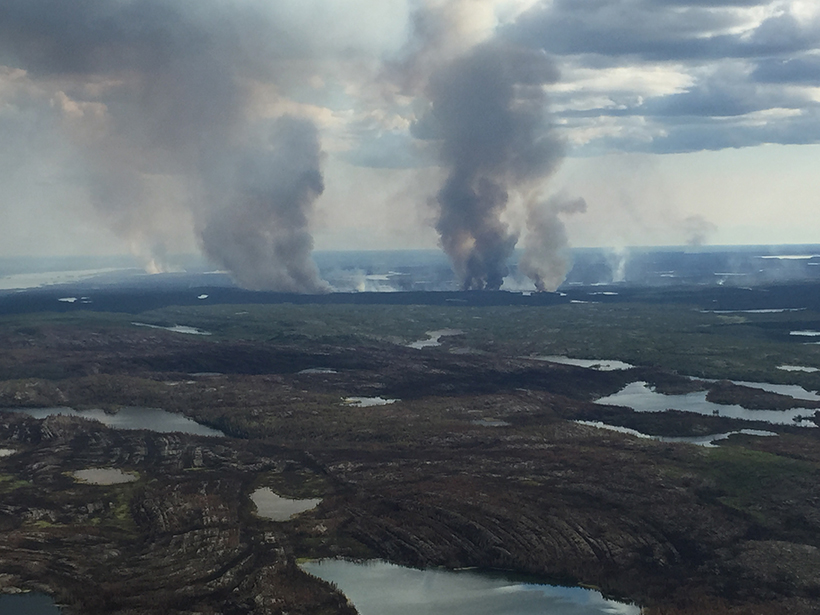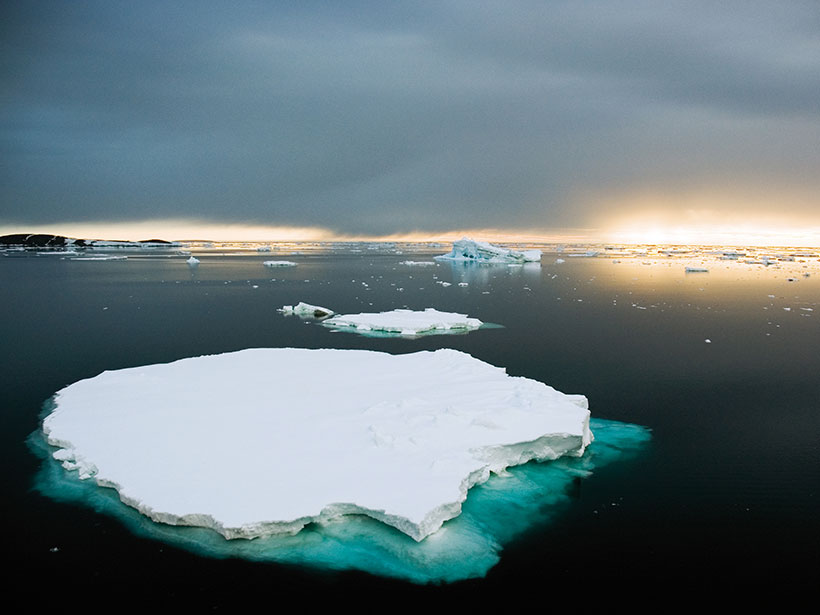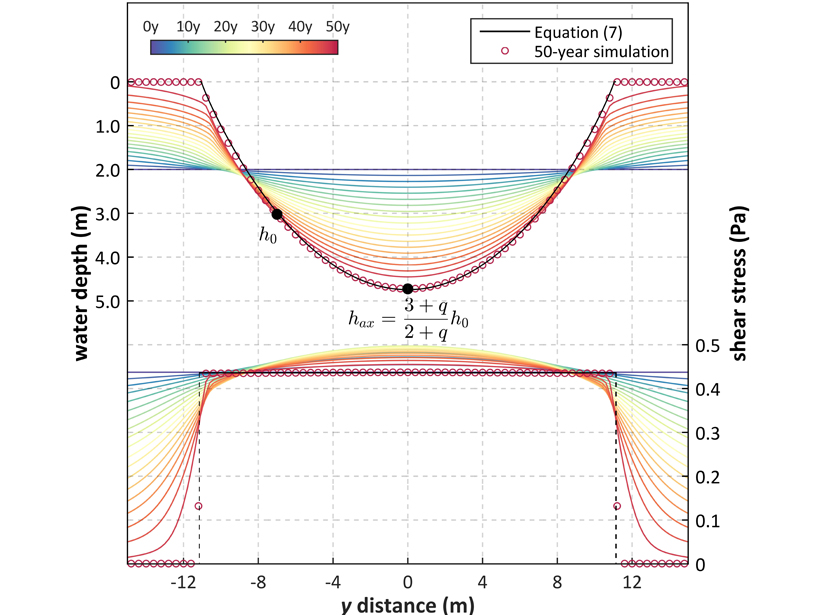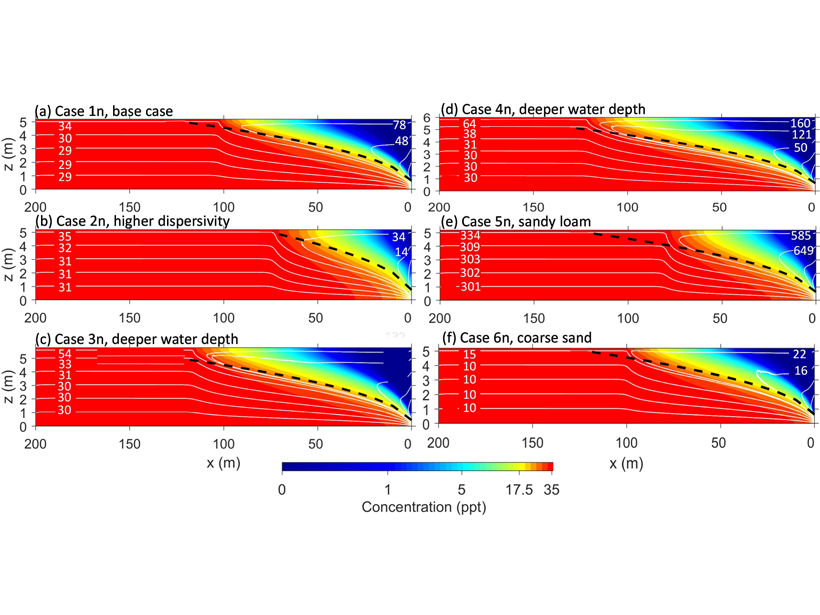Researchers propose the creation of an anthropogenic vulnerability index to help guide conservation policy decisions.
CC BY-NC-ND 2020
How Tropical Cyclones Increase in Intensity Overnight
The diurnal variations of tropical cyclone intensification and decay are analyzed using satellite data for deep convective clouds.
Feedback Loops of Fire Activity and Climate Change in Canada
New research documents how a warming climate contributes to patterns in wildfire severity and frequency and how the fires contribute to climate change.
Lyme Disease and the Dangers of the Forest Edge
Living near a forest edge may be an important risk factor for Lyme disease; these liminal spaces provide the perfect habitat for one of the black-legged tick’s favorite hosts.
Women Are Still Not Heard in the Climate Policy Conversation
A case study in Brazil points to a deep gender gap that still has to be bridged in the policymaking debate.
Gravity Data Reveal Unexpected Antarctic Ice Variations
A new analysis of long-term satellite records shows the East Antarctic Ice Sheet is unexpectedly dependent on fluctuations in weather. This study may improve models of how much sea levels will rise.
Stream Hydraulic Geometry 1.01
New research provides a theoretical explanation of channel cross section geometry dependence on flow rate that is commonly observed and described with power-laws.
Geologists to Shed Light on the Mantle with 3D Model
The model, which will incorporate 227 million surface wave measurements, could help with everything from earthquake characterization to neutrino geosciences.
Collaborative Graduate Student Training in a Virtual World
With higher education increasingly moving online, a 3-year-old interinstitutional graduate student training program offers a model for universities to pool resources and expand course offerings.
Evaporation Reverses Groundwater Flow and Forms Hyper-Salinity
A numerical model of groundwater-surface water systems shows how floodplain evaporation can reverse stream-groundwater flow and produce strong buoyancy changes associated with salinity.


